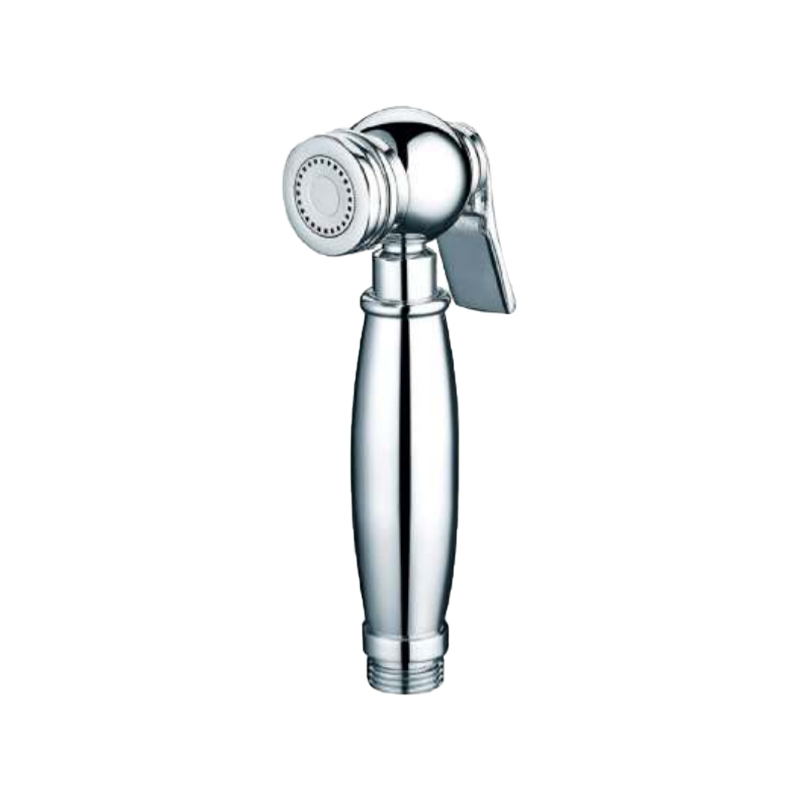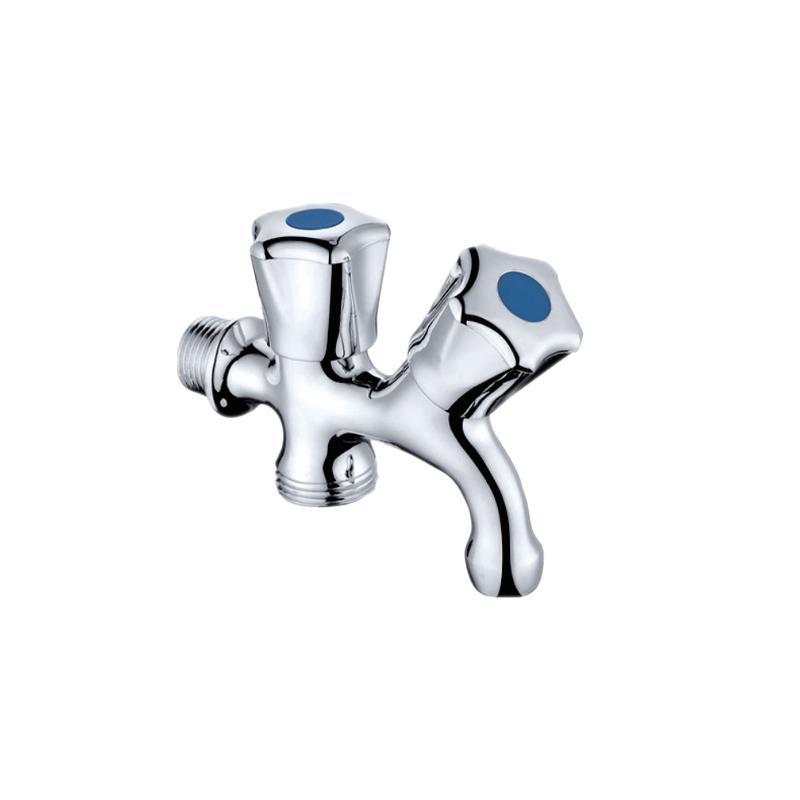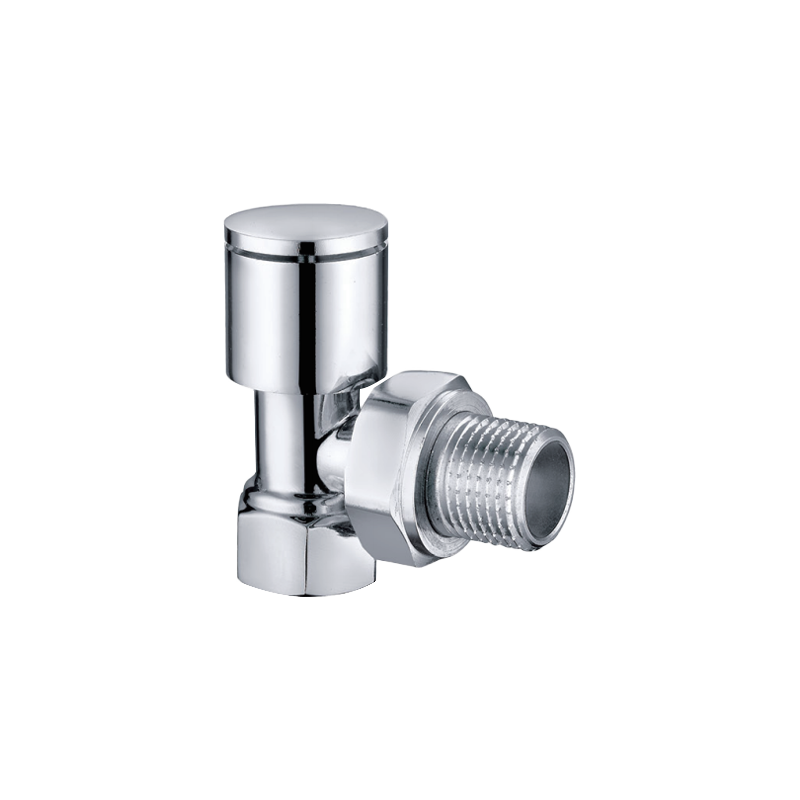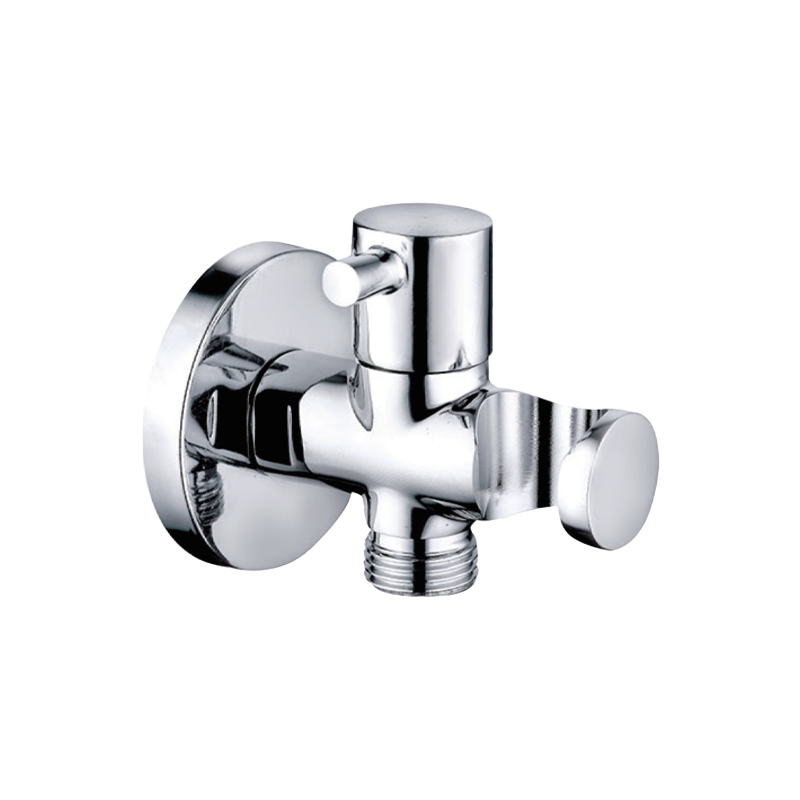PEX ball valves are a popular type of valve because of their durability and reliability. These valves are used in water supply systems, heating systems, and air-conditioning systems. They are designed to regulate the flow of liquid or gas and offer good flow control, as well as a tight shut-off capability. The valve has a movable ball inside, which is rotated to start or stop the flow of the fluid. The valve is manufactured using different materials, depending on the application. Let us delve deeper into each part of the valve and the materials that are usually used.
Body Material:
The body of the PEX ball stop valve comprises two separate halves. The material used for the body is crucial in determining the overall strength and durability of the valve. The two halves of the body are connected by a threaded joint or a welded joint. The material used to make the valve body is generally selected based on its corrosion resistance, strength, and compatibility with the fluid that passes through it.
The most common material used in PEX ball stop valve bodies is brass. Brass has high corrosion resistance, making it a viable option for applications that involve corrosive fluids. Furthermore, it is a strong and ductile material that can withstand high pressures and temperatures. Brass is the most affordable material for valve bodies compared to stainless steel or titanium.
Another material used in PEX ball valve bodies is stainless steel. Stainless steel has good strength and corrosion resistance, making it suitable for high-temperature applications. The strong austenitic structure of stainless steel provides good durability and resistance to cracking. However, stainless steel is expensive compared to brass, making it less commonly used in PEX ball valves.
Ball Material:
The ball is the most critical part of the PEX ball stop valve. It is responsible for opening and closing the valve and controlling the flow of the fluid through the system. The ball is seated in a material that provides a tight seal when the valve is closed. The material used for the ball should have good wear resistance, strength, and dimensional stability.
The most widely-used material for PEX ball stop valve balls is brass. Brass is an excellent material for ball valves since it is easy to make into a spherical shape. Additionally, brass offers good corrosion resistance and wear resistance. These properties make brass suitable for applications involving water and other common fluids.
Polytetrafluoroethylene (PTFE) is another material used for PEX ball valve balls. PTFE is a high-performance polymer that has excellent chemical resistance and low friction. It can withstand high temperatures and pressures, making it an ideal material for high-performance ball valves. The weakness of using PTFE is poor wear resistance and dimensional stability, which can cause the ball to wear quickly under high-pressure flow.
Seal Material:
The seal material is responsible for ensuring that the valve remains leak-free when closed. The seal forms a secure closure between the ball and the valve body. The material used for the seal should have good durability, resistance to chemical corrosion, and compressibility.
O-rings are the most popular material used for the seal in PEX ball stop valves. O-rings are elastomeric circular seals that provide a tight-fitting, self-sealing seal. They are used because of their easy-to-use and replacement nature. O-rings are available in many materials, ranging from nitrile to silicone.
PTFE is also used for seals in high-performance valves. PTFE offers excellent resistance to chemical corrosion, high temperatures, and pressures. Its low friction coefficient ensures it lasts for a long time. PTFE is highly robust and can withstand heavy-duty applications with minimal wear and tear.
PEX ball stop valves are essential components of many fluid systems. They are manufactured using various materials based on their properties and application requirements. Brass is the most commonly used material in PEX ball stop valves due to its affordability and strength. Stainless steel is also used in high-temperature and corrosive applications. Ball materials such as brass and PTFE offer excellent durability and dimensional stability, while seals made from nitrile, silicone, or PTFE are used to form a tight, self-sealing seal.

 English
English 中文简体
中文简体


.png)




